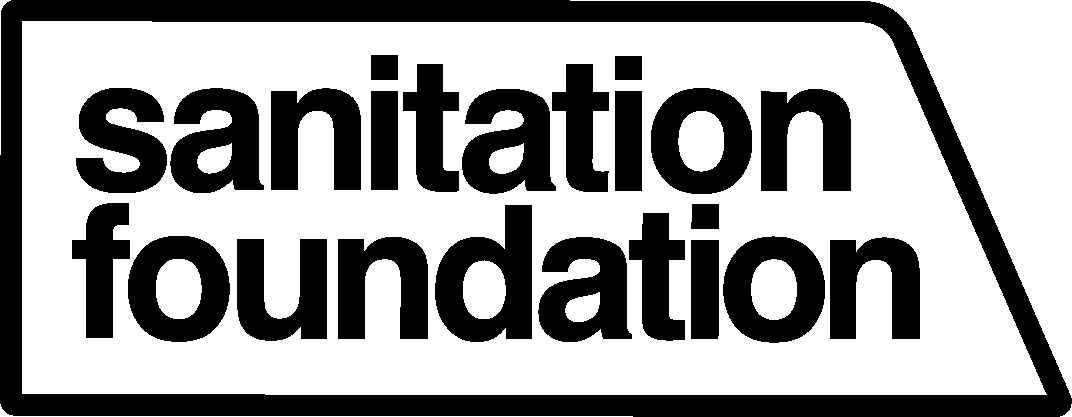“It was our city that was attacked and it was going to be us who put it back together again.”
— Dennis Diggins, DSNY First Deputy Commissioner”

rescue was the first priority.
In the immediate aftermath of the September 11, 2001 tragedy, the primary goal for all agencies and departments was to effectively and safely rescue victims and survivors of the attacks in a timely manner. In addition to navigating and protecting civilians from ongoing fires, crumbling building support columns, and the effects of the collapsing towers, first responders faced exposure to pulverized cement, glass fibers, asbestos, and a multitude of chemicals.
dsny + recovery efforts.
Approximately 18,000 people were in the WTC complex when the towers were struck and as the towers fell, five other buildings in the complex were damaged and destroyed. Due to the organized, tireless, and endless work of the first responders, the majority of people in the complex were safely evacuated. 1,500 first responders from DSNY arrived at the site to begin recovery within the first day and transport of materials to Fresh Kills began immediately. By clearing debris, organizing the removal of materials, establishing temporary marine transfer stations, and overseeing the loading, unloading, stockpiling, and landfilling operations DSNY provided egress for the first responders conducting rescue work.
“We moved the material from 9/11. We were the supporters of that whole operation.”
-Martin Bellew
DSNY Supervisor Steve Shallash standing in front of WTC wreckage on ash-filled street. Fire truck can be seen in background.
DSNY Borough Chief John O’Reilly (badge visible on belt) speaks to Superintendent Thomas Sica (white shirt) and other DSNY personnel in front of the damaged American Express building. A large yellow dumpster is filled with smoldering debris. (NYU-New York Department of Sanitation Museum Project)







